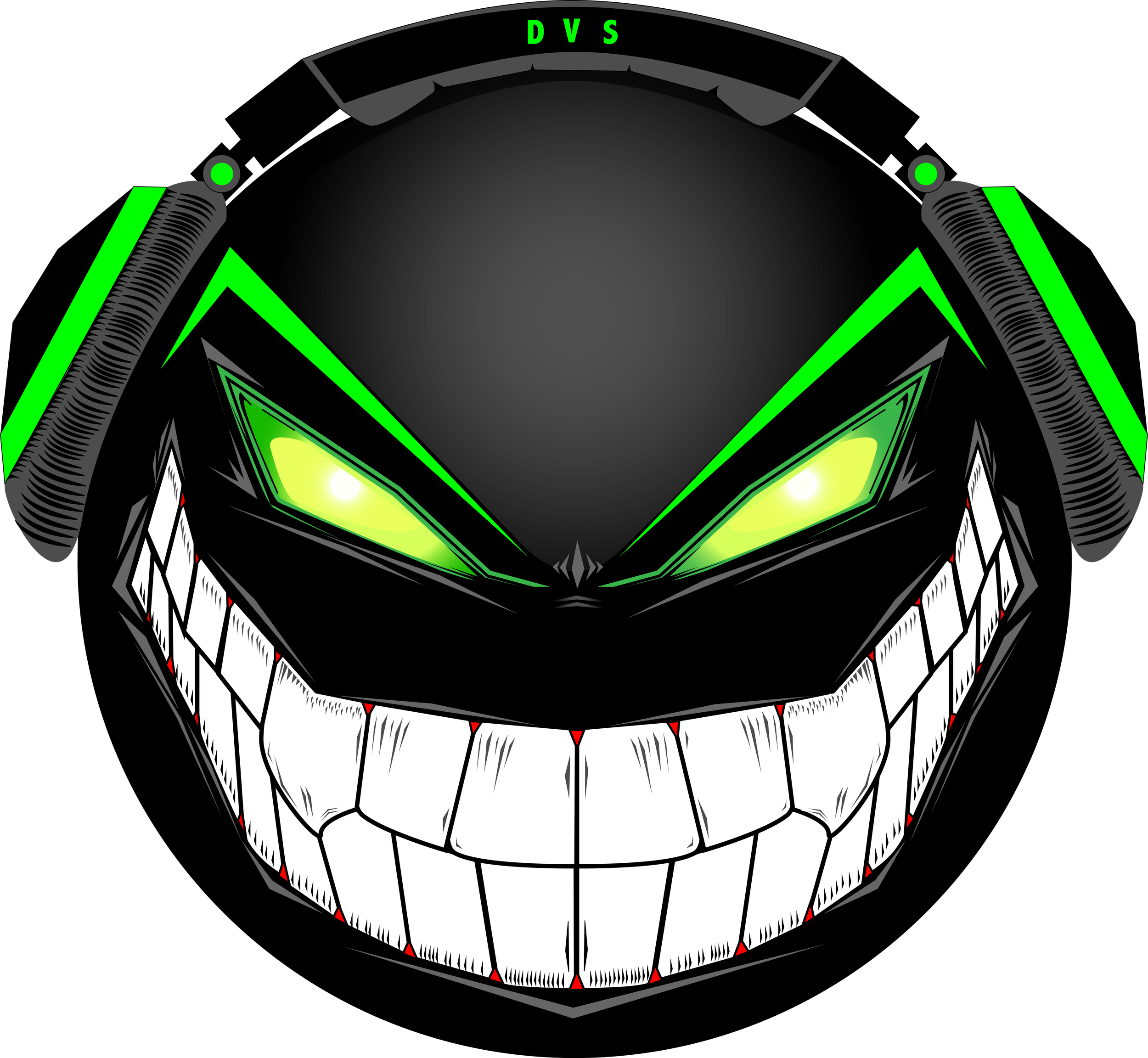Why Did Metroid: Other M Fail To Live Up To the Franchise?

Here’s why Samus went wrong in 2010.
Let’s rewind the clock back to about over a decade ago, when we were still playing games on the Nintendo Wii. The company had quite a one-two punch for the console back then, between the superb sequel Super Mario Galaxy 2 and the curious Team Ninja-produced Metroid: Other M, a game that promised to bring back the “good ol’ days” of the franchise, after it had done so well as a 3D shooter series with the Metroid Prime saga.
The trouble is…it didn’t quite do that. Not that the game was a complete loss, as it did have some great 2.5-D style action, alongside some great new gameplay abilities like being able to use melee attacks. But as we await the arrival of Metroid Dread later this week, it’s important to look back at why Other M failed fans more than the developers were expecting – and what could’ve been done about it.
Let’s get right to the main thing that really worked against Other M in the first place, and that’s betrayal of character.
Source: Nintendo
Wait, This Is Samus?
The story for Other M was written by Yoshio Sakomoto, who basically blamed the game’s somewhat dismal sales on the fact that it had a female character. But, honestly, that wasn’t it.
The Metroid franchise as a whole has always seen great success, even with someone like Samus Aran in the lead role. The problem, which Sakomoto probably couldn’t see at the time, was how the game betrayed the nature of Samus as we’ve come to expect her.
In prior games, Samus was always a woman who believed in herself and took care of herself. Sure, she worked on things for other people, thanks to her role as bounty hunter. But she did so with confidence and dependence, and the only time she really leaned on anyone was when the Baby Metroid she had taken care of years ago came back to regenerate her help against a vengeful Mother Brain in Super Metroid.
That’s not the case with Other M, though. With this game, she became timid, insecure and unknowing, and she actually let her emotions out in certain situations, especially involving her captain. And players were thrown for a loop as a result, because, well, this wasn’t Samus.
What’s worse, she couldn’t access some parts of the game because she was awaiting the word of Commander Adam Malkovich. But not only was she limited to reaching these areas, she also found herself to be limited emotionally, with flashbacks that felt like they were dragging the game down.
Not that you can’t explore these areas, as they unlock eventually. But the fact you’re held back within these confines because of a person that shouldn’t have an effect on you in the first place? That’s straight up betrayal of what we’ve come to expect. The Samus of old would’ve kicked Malkovich to the curb and blasted through the door with a missile. But not Sakomoto’s, it seems.
When it comes to the game’s failure, Sakomoto said, and I quote, “It is quite obvious why Other M did not succeed when compared to other Nintendo games; it features a female main character.” Which makes no sense. The previous Metroid games, including Corruption, sold very well for the company. And the news of a Metroid Prime 4 being in development, as well as the Dread announcement that came this year, sent players into a tizzy. So, no, kind sir, with all due respect, that’s not why Other M failed. It failed because you guys failed Samus. There, I said it.
Source: Nintendo
Fortunately, it looks like Dread is back on the right track when it comes to getting Samus’ story straight. And what’s more, the lore from Other M seems to be ignored from hereon in. Which, to us, really works best. Again, good games, but the story around it shouldn’t have been a frickin’ space soap opera.
What’s With the First Person?
Another interesting addition to Metroid: Other M is the use of first-person. That’s not to say that the game is first-person like Metroid Prime, but there are segments within Other M where you can turn the Wii remote you’re using around for first-person shooting segments.
It’s a neat idea, but bland in execution. First off, it forces the player to make adjustments to how they were playing before, which, to us, was just fine. The side-scrolling gameplay is what made this series special, and Team Ninja actually got that right. But throwing in the awkward first-person segments just frustrated a bit. Imagine StarFox Zero with its motion-sensitive segments that weren’t really necessary. Yeah, Other M was like that with the first-person shooting.
Source: Nintendo
Also, it was limited. Quite so. You couldn’t move in first-person, only third-person. So…why even have it at all? Was it necessary in any way? Couldn’t you just have stayed in third-person and been done with it? That appears to be what Dread is doing, so it’ll fare much better as a result. (We haven’t seen the final game though. Fingers crossed.)
Hope For the Immediate Future
Hopefully, Metroid: Other M’s little blemish in history has taught Nintendo that not all new ideas are meant to stick. Betraying the character and adding a tacky first-person element to the game didn’t do it any favors, though the side-scrolling gameplay certainly did. And now, on the cusp of Dread’s release, we seem to be coming full circle. And that’s exactly what fans need.
Sure, Other M is worth a look still. But just be prepared for a gut punch, because it’s not the game we were hoping it would be.








